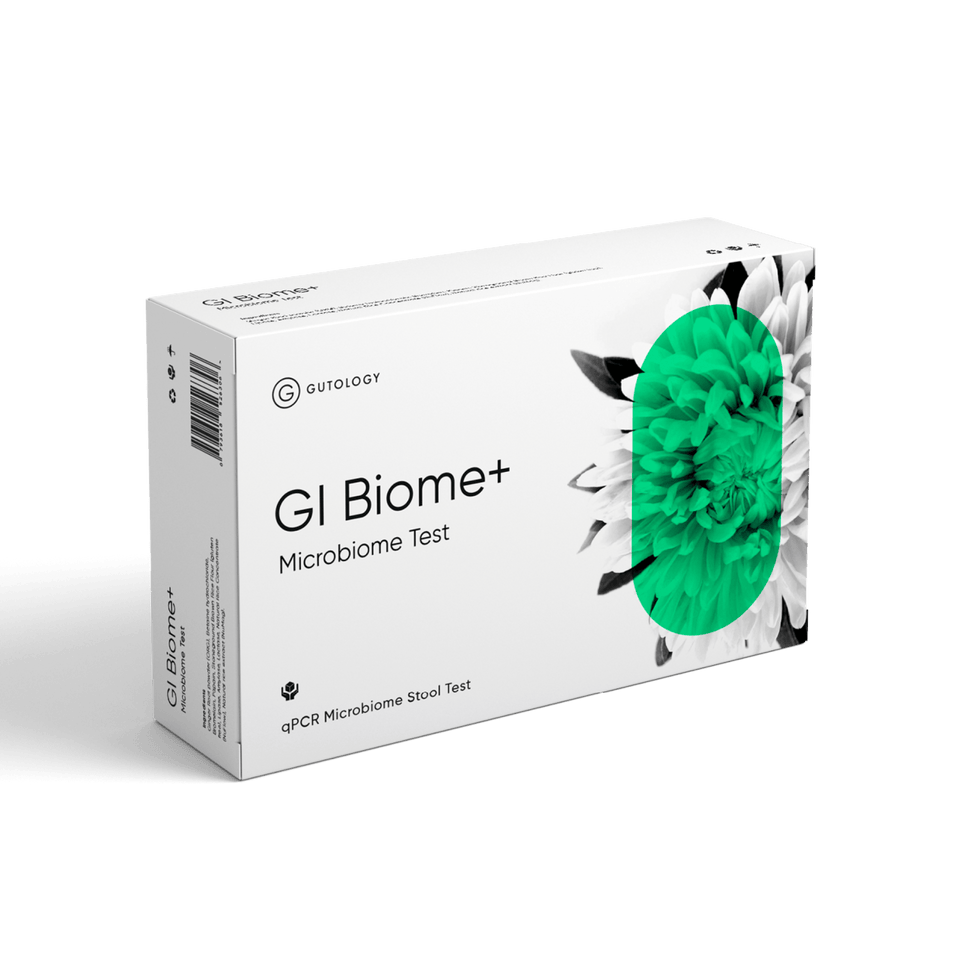Imagine your body as a high-tech security system: it detects threats, responds decisively, and then stands down, until the next alert. Now imagine if the alarm never turned off. That’s the problem with the Cell Danger Response (CDR), a protective response that can become chronically activated.
What Is the Cell Danger Response?
Dr. Robert Naviaux describes the CDR as a universal cellular reaction to perceived threat, whether from infection, toxin, trauma, or chronic stress. It’s orchestrated by mitochondria, the energy-producing structures within our cells which shift metabolism from growth to survival mode, triggering inflammation and reduced cellular communication. Crucially, healing can only complete once the CDR resolves. And if it doesn’t, the cell remains stuck in “emergency mode”.1
Why Mitochondria Matter
Mitochondria are often known as the "powerhouses" of our cells because they produce energy, but they do much more than that. They also play a key role in helping the immune system detect when something is wrong. When mitochondria aren’t working properly, they can release stress signals, like bits of mitochondrial DNA and harmful molecules called ROS (reactive oxygen species). These signals can trigger inflammation in the body, which is linked to many chronic health conditions. 2 Normally, the body has a built-in clean-up system, called mitophagy, that removes damaged mitochondria to keep things in balance. But if this process doesn’t work well, the immune system can stay on high alert, keeping the body stuck in a state of ongoing stress. This is one of the ways the Cell Danger Response can stay switched on for too long.3
How Does CDR Influence Your Microbiome & Health?
- Gut: A persistent CDR can enhance gut permeability (the “leaky gut”) and dysbiosis, leading to food sensitivities, inflammation, and metabolic disruptions.
- Oral Health: Inflammation in oral tissues can fuel pathogens like Porphyromonas gingivalis, implicated in systemic diseases, including heart disease and even Alzheimer's.
- Body Systems: Persistent CDR shifts immune signalling, microbial balance, and metabolism, bridging environmental inputs to systemic health outcomes.1
What Keeps the Alarm On?
Various triggers can drive the cell into extended CDR states:
- Environmental pollutants and toxins raise mitochondrial stress and contribute to CDR sensitivity.
- Nutritional deficits (e.g. low B vitamins, magnesium) impair mitochondrial resilience.
- Emotional or physical trauma, infections, or poor microbial health.
- Compromised mitophagy or mitochondrial quality control systems.1,4
Why It Matters: From Incomplete Healing to Chronic Illness
When the CDR remains fixed, cells stay in a partial “freeze” state, healing stalls, and metabolic communication between cells breaks down. This model helps explain conditions such as chronic fatigue, autoimmune syndromes, brain fog, and multisystem disorders. In essence, the body treats everyday stressors as threats and fails to reset into recovery mode.5
Ways to Reset the CDR Responsibly
Supporting recovery requires a multifaceted, evidence-based approach:
- Nutritional & mitochondrial support: Adequate B‑vitamins, CoQ10, magnesium, and antioxidants.
- Reduce toxic exposures: Limit contact with persistent pollutants, fragrances, plastics, and harsh cleaning products.
- Support microbiome health: Oral hygiene, gut-nourishing diet, and appropriate probiotics.
- Nervous system regulation: Practices like breath work, mindfulness, vagus nerve stimulation, cold therapy.
- Improve mitochondrial quality control: Encourage mitophagy via lifestyle and specific nutrients, promoting healthier immune signalling.5,6
The Takeaway
The Cell Danger Response is a crucial survival mechanism, but when left unresolved, it may underlie persistent inflammation and stalled healing. Understanding this cycle connects environmental exposures, microbiome health, and mitochondrial function with long-term wellness.
At Gutology, we champion holistic approaches that support deep cellular resilience, not just symptom management. The more we explore emerging science like CDR, the better we can help realign health at the root level.
Want to dive deeper?
Check out our podcast clip on CDR for personal insights and practical strategies:








